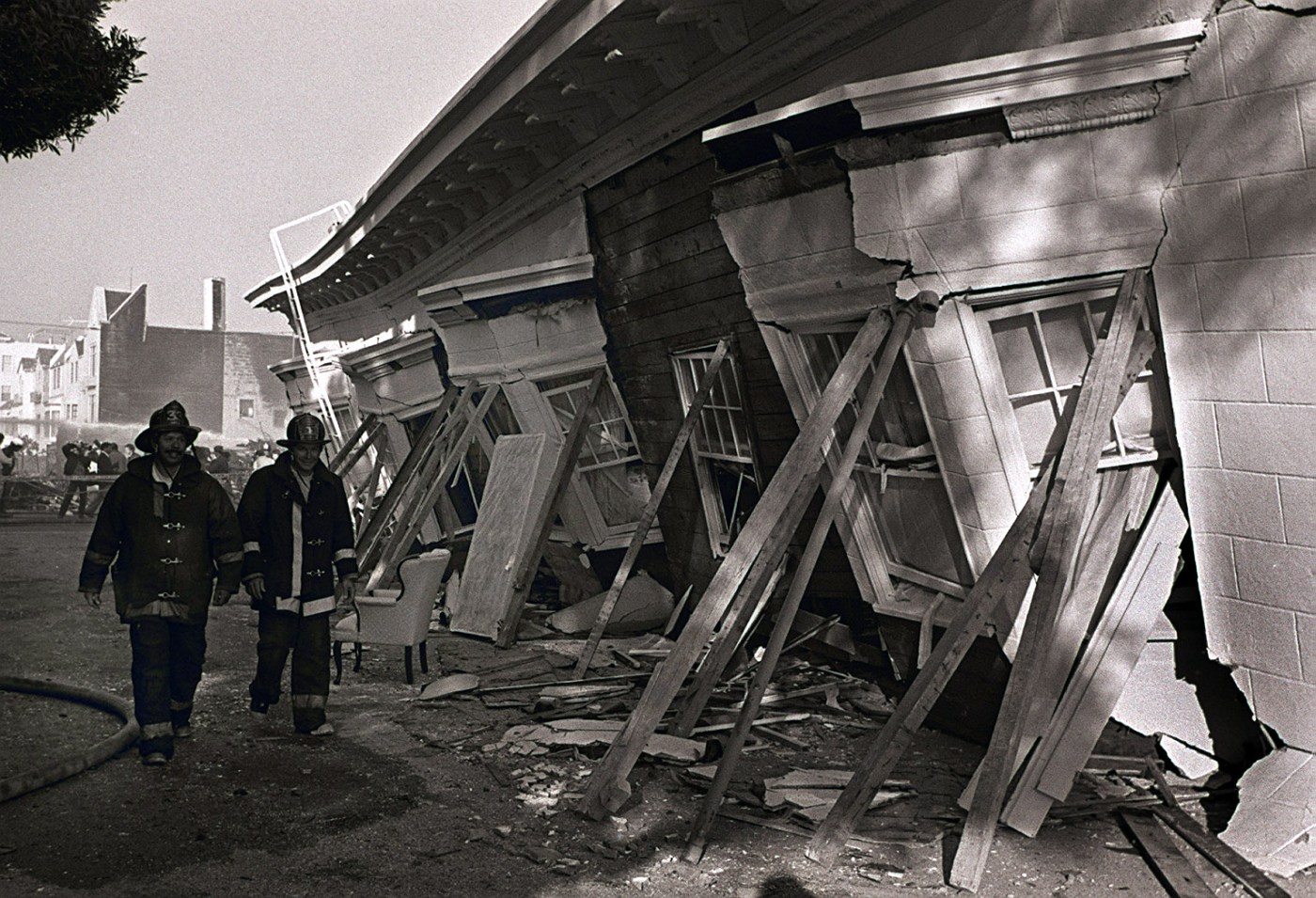Facing the possibility of a major earthquake over the next few decades, San Jose is requiring older “soft-story” buildings to be seismically retrofitted to avoid the catastrophic damages the region saw during the 1989 Loma Prieta earthquake.
But housing advocates have raised the red flag over fears that rents for some of the city’s most vulnerable populations could increase due to these required fixes and a proposal to offset some costs by diverting affordable housing funds over the next 10 years — exacerbating the crisis even further.
“We understand the need to ensure that soft-story buildings have the structural integrity needed to endure an earthquake when the big one occurs,” said Jeremy Barousse, director of policy and organizing at Amigos de Guadalupe Center for Justice and Empowerment. “But how we craft policy to address this issue should not compromise our ability to advance key priorities such as community stabilization and affordability, which are paramount to solving our housing crisis.”
Sandwiched between the San Andreas, Hayward, and Calveras fault lines, San Jose’s older buildings are likely to incur major damages if an earthquake occurs, with estimates ranging from $4.7 billion to $14.9 billion. A large earthquake could also lead to the displacement of thousands of residents.
San Jose’s new soft-story ordinance, passed Tuesday, targets primarily older two-story residential buildings constructed before the state imposed greater seismic standards. This ordinance could potentially impact an estimated 3,500 buildings, 24,000 units, or 72,000 residents. Many of the buildings involve mom-and-pop landlords, with 80% of the buildings comprised of three to eight units and mostly tenants from lower-income families.
The ordinance will not go into effect until April and also includes an extended screening period to determine which buildings will require retrofitting. If identified, property owners will need to make the improvements within five to seven years, depending on the number of units in their buildings.
Passing the ordinance was necessary for multiple members of the City Council impacted by the 1989 earthquake, which justified a safer approach to avoid preventable deaths.
“It’s important that we understand the human experience of a loss of your house, your financial wealth, or everything in your house, and potentially a loss of life, more importantly,” said District 9 Councilmember Pam Foley, who lost her home and nearly her husband in the earthquake. “I want no one else to experience that.”
The city has estimated these fixes could cost between $30,000 and $140,000 each, putting the overall price tag in the hundreds of millions of dollars. This is on top of the costs from other government-mandated improvements landlords face for electrification and insurance.
“The risk of an earthquake is real, and our renter safety is important,” said Jenny Zhou, an East San Jose resident and landlord. “But passing the region’s most strict and broad, impractical mandate is not the right approach. It is unnecessary and puts mom and pops at risk of bankruptcy and makes our renters (face) collateral damage.”
While San Jose has yet to approve a plan to fund the mandate, the city intends to create a financing program during the next budget cycle to help offset costs and limit disruptions.
One of the proposals is a 50% rebate program that would leverage millions of dollars in grant funding the city is applying for through FEMA and using $61 million in Measure E funds over 10 years.
Housing Director Erik Solivan said the city would also look at other public and private sources committed to housing preservation as an alternative means of funding.
The potential use of Measure E dollars, however, has raised the alarm for affordable housing advocates due to a dearth of available units and limited funding to help spur multi-family residential projects. After Santa Clara County tapped out its local housing bond, the Bay Area Housing Finance Authority’s withdrawal of the $20 billion regional bond from the November ballot dealt a blow to affordable housing supporters.
San Jose also has already diverted Measure E dollars to combat the homelessness crisis by funding interim housing solutions like tiny home communities and safe sleeping and safe parking sites.
“The potential loss of these Measure E dollars for affordable housing development will be even more devastating given the lack of other local affordable housing dollars — particularly now that the County’s Measure A bond has been expended and the recent decision to pull the Regional Affordable Housing bond from the ballot — the fact that there are more than a dozen of pipeline projects that are at-risk of failing with local funding,” Destination: Home CEO Jennifer Loving wrote in a letter to the City Council.
City officials have said that most of the buildings targeted by the ordinance are already subject to the city’s rent stabilization rules, which cap annual rental increases at 5% and limit landlords’ ability to pass these costs to their tenants.
But housing advocates say the city needs to adequately address the risks of displacing tenants who already struggle to afford their rent.
Related Articles
Save the neighborhood or build for the future? San Jose approves historic designation despite conflicting resident views
Rematch for San Jose’s District 10 City Council seat becomes more contentious
San Jose set to unveil Downtown leasing incentive program to help spur growth
Muwekma Ohlone Tribe accuse congressional leaders of obstructing local support
San Jose has found a location for its first business improvement district in more than 15 years
Alison Cingolani, a policy manager at SV@Home, said a study completed in 2020 found that homelessness increased by 9% for every $100 increase in rent, putting a greater emphasis on the need for the city to find other financing solutions to sustain affordable housing funds.
“These sources would sustain Measure E funds to produce and preserve deed-restricted affordable housing and further offset retrofit costs to reduce potential impact to tenants or to require deed-restricted affordability for units that receive Measure E funding to support the retrofit,” Cingolani said. “A large portion of Measure E funds, as you all know, have already been diverted to support the construction and operation of emergency, leaving only a million dollars annually for the production of affordable housing. Protecting our residents includes ensuring that we all have access to a home we can afford.”












